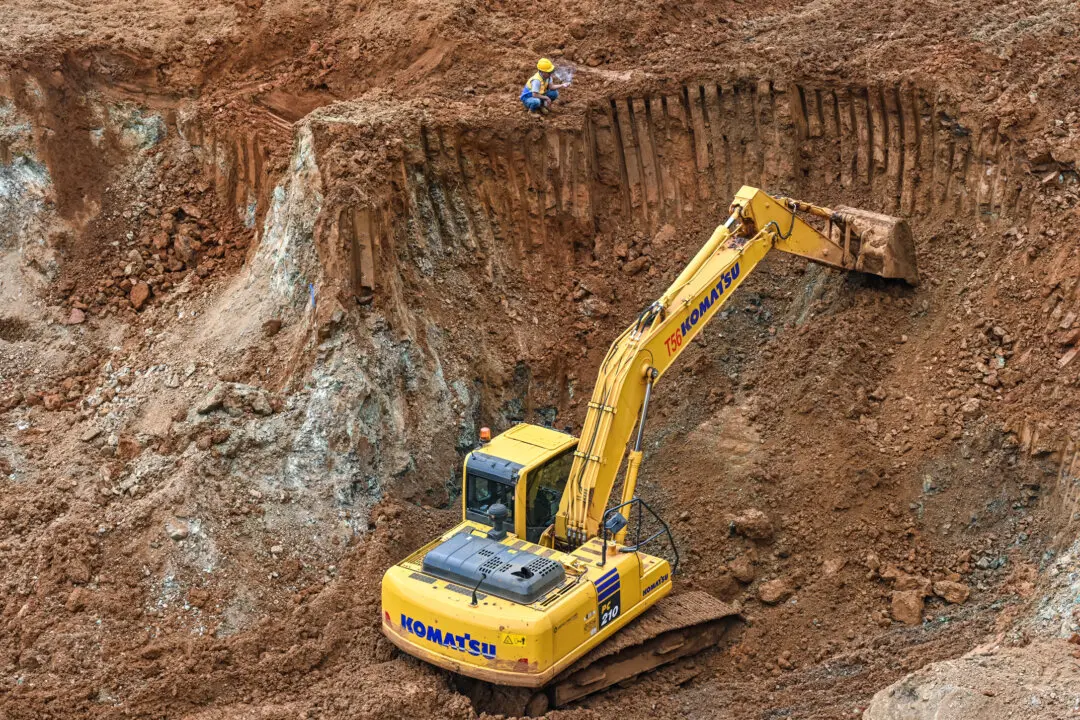Southern California gas prices continued to increase for the second week, rising 28 cents per gallon in the last month as more retailers make the switch to summer-blend fuel and refinery maintenance cuts production, according to industry experts.
Saturday’s average price of $4.88 was 7 cents higher than a week ago, according to the Automobile Club of Southern California.





